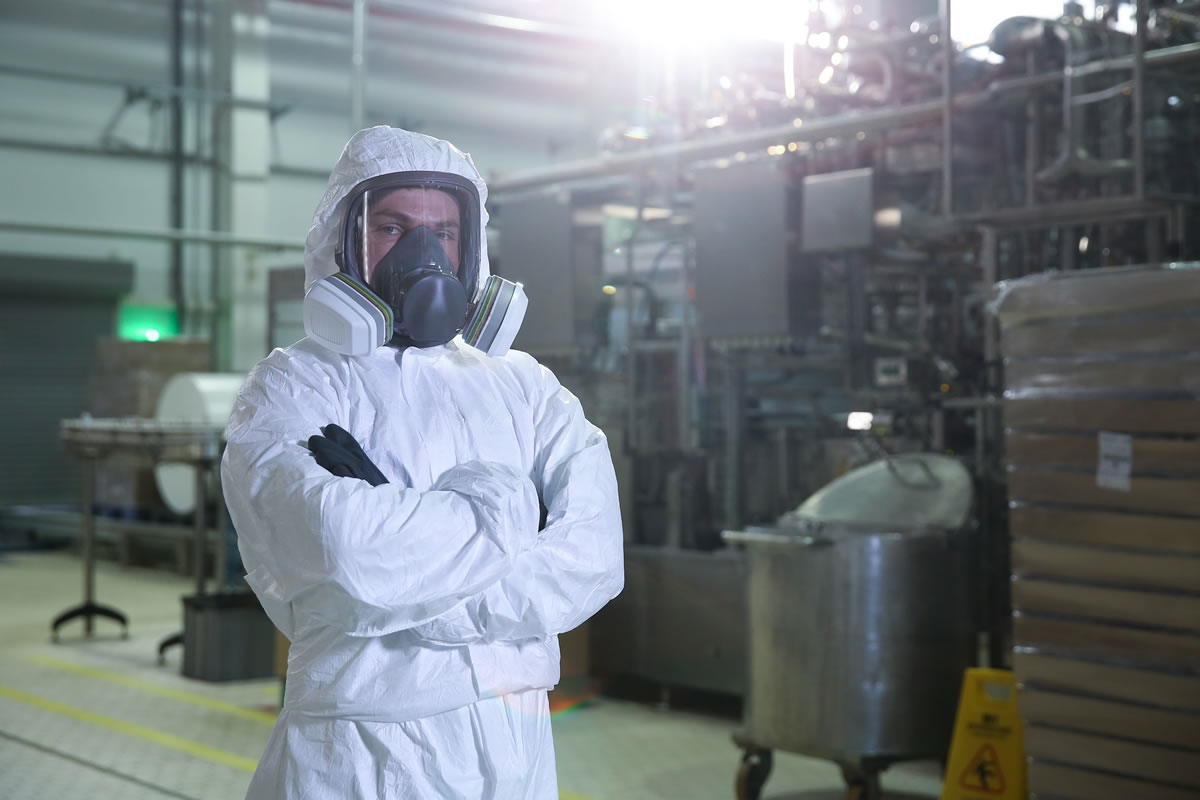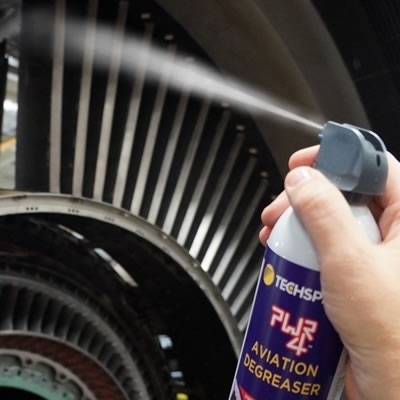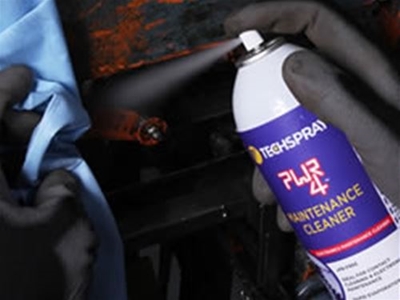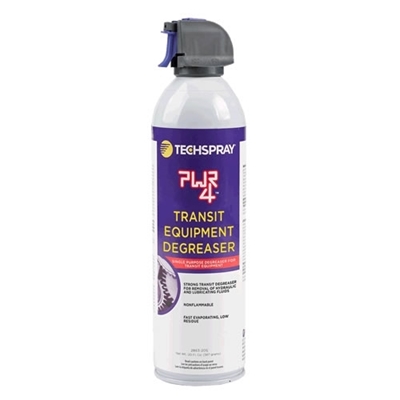1-Bromopropane (1-BP or nPB) has been widely used in adhesives, dry-cleaning, steam degreasing, and in electronics and metal cleaning industries. It can be identified as a slightly dense and colorless or faint yellow liquid with a strong odor. Although it was initially proposed as a replacement chemical for other ozone-depleting substances, it has recently been the focus of governmental organizations due to identified negative health effects.
Employees involved in the production of 1-BP or those using it in commercial applications are those most likely to experience high exposure levels. Therefore, understanding how to evaluate, measure, and control workers’ exposure to this chemical is imperative to safe operations or to identify the cost-benefit of its continued use over newer options.
How to evaluate 1-BP exposure level?
Commonly, the first source of information to evaluate any substance is the associated safety data sheet (SDS). Both Sigma-Aldrich [1] and Agilent Technologies [2] provide reliable safety data sheets for 1-BP. In the hazard identification section, it is classified as a health hazard (GHS08) according to regulation (EC) No 1272/2008. The SDS indicates repeated exposure as a potential trigger for organ damage (liver, central nervous system), infertility, dizziness, and harm to unborn children. Other hazard statements include ozone-depleting potential as well as eye, skin, and respiratory irritation.
Figure 2. GHS Hazard Pictogram (chronic health hazard) [3]
Safety data sheets can provide measures to mitigate accidental release, including Protective Action Criteria for Chemicals (PACs). These guidelines are divided into three different categories that represent concentrations in which individuals might experience deleterious health effects over a 60-minute exposure. Each consecutive PAC number is associated with a progressively severe effect that involves a higher exposure level [4]. The three benchmarks provide threshold levels for:
- PAC-1: mild, transient health effects
- PAC-2: irreversible or other serious health effects that could impair the ability to take protective action
- PAC-3: life-threatening health effects
Protective action criteria provide emergency action steps (e.g., shelter-in-place, evacuation, reporting, fight or flee) to protect people from dangerous exposure levels. They are also useful to predict consequences for health during potential accident scenarios and to plan emergency responses. The standard limit values are based on:
- Acute Exposure Guideline Level (AEGLs) values published by the U.S. Environmental Protection Agency (EPA)
- Emergency Response Planning Guideline (ERPG) values produced by the American Industrial Hygiene Association (AIHA)
- Temporary Emergency Exposure Limit (TEELs) values developed by the U.S. Department of Energy (DOE)
Table 1 indicates the current benchmarks for 1-Bromopropane in the United States of America. These boundaries represent the air concentration in parts per million (ppm), or how many parts of 1-BP there are in one million parts of air. Over the last several years, organizations have set up different permissible exposure limits (PEL) for 1-BP. For example, the EPA previously recommended a maximum exposure level of 25 ppm, while the OSHA adopted a PEL of 5 ppm. However, in 2011 the American Conference of Governmental Industrial Hygienists (ACGIH) proposed lowering the threshold limit value (TLV) to 0.1 ppm, based on an 8-hour average exposure.
|
PACs for 1-Bromopropane |
Limits (based on a 60-min exposure) |
|
PAC-1: |
0.3 ppm |
|
PAC-2: |
120 ppm |
|
PAC-3: |
700 ppm |
Table 1. Protective Action Criteria for 1-Bromopropane [5]
How to Manage 1-BP exposure?
Regulations recommend that every employee, whose workplace operations involve 1-BP usage, must be subjected to an 8-hour time-weighted average (TWA) exposure assessment. Additionally, monitoring chemical concentration levels should disregard the use of any personal protective equipment (PPE). An employee must be assessed for overexposure – or not – to chemical vapors regardless of any potential protection by a respirator (or mask).
Additionally, periodic leakage monitoring must be performed and scheduled, covering engineering and administrative controls. During the initial inspection, it is necessary to collect air samples that fully characterize the personnel’s breathing zone. However, since checking every single employee is impractical, monitoring is done within a representative sample of people whose working conditions may bring them into contact with the compound. These preliminary results help develop a suitable exposure check frequency, depending on whether the 1-BP concentration is above or below an action level. Table 2 indicates suggested monitoring frequency periods under certain exposure scenarios.
|
Exposure Scenario |
Required Action |
|
Below ½ of TLV (< 0.05 ppm 1-BP) |
No periodic monitoring is recommended for workers under these conditions |
|
At or above ½ of TLV but below the TLV (0.05 ppm to 0.1 ppm 1-BP) |
Monitor every six (6) months |
|
Above the TLV (> 0.1 ppm 1-BP) |
Monitor every three (3) months |
Table 2. Suggested Monitoring Frequency for 1-Bromopropane [6]
OSHA applies a fully validated monitoring method for 1-Bromopropane, where active air samples are extracted and collected using coconut shell charcoal tubes. These samples are then analyzed with gas chromatography equipment. The sampling time encompasses 240 minutes at a rate of 50 mL/min (12 L) that collects time-weighted average (TWA) samples. The entire methodology is presented in the OSHA 1017 technique, which indicates the sampling procedure, analytical procedure, and method validation [7].
Whenever there is a change in the production line, equipment, raw materials, working routines, or even personnel, additional monitoring is compulsory. As an example, an initial inspection of a metal frame washing area may identify no major problems. However, the company may change the type of solvent used to clean the metal to one containing a higher percentage of 1-bromopropane. Therefore, an additional check would be necessary to determine the exposure level of workers to the chemical, and whether the current control methods remain effective or not.
What are the mitigation alternatives for 1-BP exposure?
Most mitigation alternatives address handling, storage, and use practices since exposure primarily occurs via inhalation of vapor and mist or skin contact. Safety and health standards encourage employers to demarcate areas where airborne concentrations of 1-Bromopropane could be expected. Companies could implement warning signs, barricades, lines, gates, textured flooring, and other prevention methods. The following alternatives should be considered to control and mitigate workplace exposure to 1-BP based on general occupational hygiene principles:
- General protective measures: When 1-bromopropane is present in the workplace, eating and drinking areas and surfaces must conform with the sanitation standard requirements. These include: keeping food and beverages away from work zones, washing hands, and removing contaminated clothing outside the affected work area.
- Breathing equipment: Some suppliers provide an instrument that avoids air exposures, in which case respiratory equipment would not be needed. However, in most cases, respiratory protective gear with filters for organic chemicals and acid gases would be appropriate (e.g., Type AX Filter of sufficient capacity: ANSI Z88).
- Hands protection: Standard nitrile gloves 11-13 mil thickness should be enough for normal use, with a breakthrough time of 1 hour. However, cleaning 1-BP spillages would require direct contact with the chemical, so butyl rubber gloves 12-15 mil thickness are the best option with breakthrough time above 4 hours.
- Eye safety: Tightly sealed goggles are the most suitable type of eye protection when working with this chemical.
- Authorized areas: Only trained workers should be allowed to enter potentially contaminated areas, with proper PPE, and those areas must be isolated and have ventilation.
Other types of control measures include eliminating or replacing the hazard with a less toxic or hazardous chemical but which exhibits similar or better performance.
Official regulations dictate that 1-Bromopropane must be disposed of away from the public sewage system and the household garbage. As a substitute, hazardous waste can be transferred to the municipal waste incinerator, buried in a licensed landfill for chemicals, or returned to the supplier for recycling/reuse if possible [8].
Safer Alternatives to 1-Bromopropane
1-Bromopropane represents a potential occupational health hazard that is still widely utilized in numerous industrial and commercial settings. Since appropriate actions should be taken to prevent or mitigate workplace exposure to harmful chemicals, Techspray is committed to providing engineering solutions with the benefits of nPB but without the health hazards.
PWR-4™ Industrial Maintenance Cleaner is ideal where a safer, nonflammable, and cost effective cleaner is required. This innovative solvent is much safer than the four most common industrial solvents (TCE, nPB, Perc and Methylene Chloride) and quickly cleans the most difficult greases and oils from electronics, relays, and motors. It is also engineered to remain stable and effective over thousands of cycles in vapor degreasing equipment.
For more information, contact your Techspray application specialist at 678-819-1408 or info@itwcce.com.
References
[1] Sigma Aldrich. “1-Bromopropane.” 1-Bromopropane SDS, https://www.sigmaaldrich.com/CO/en/sds/aldrich/b78106
[2] Agilent. “Safety Data Sheet 1-Bromopropane.” 1-Bromopropane Safety Data Sheet, Agilent, https://www.agilent.com/cs/library/msds/RHH-048_NAEnglish.pdf
[3] PubChem. “GHS Classification.” National Center for Biotechnology Information. PubChem Compound Database, U.S. National Library of Medicine, https://pubchem.ncbi.nlm.nih.gov/ghs/
[4] Alberta Health. “Protective Action Criteria: Review Summary.” Protective Action Criteria - Review Summary, https://open.alberta.ca/dataset/a2902063-2264-4363-afe2-20cef61c02c4/resource/cdea6e50-b298-4c28-9914-dafce9ab1ca4/download/Protective-Action-Criteria-Review-Summary-2017.pdf
[5] Department of Energy. “Table 3: Protective Action Criteria (PAC) Rev. 29.” Protective Action Criteria (PAC) for Chemicals, page 9. https://edms.energy.gov/pac/docs/Revision_29A_Table3.pdf
[6] N.C. Department of Labor. “A Safety and Health Guide for 1-Bromopropane.” Occupational Safety and Health Division, page 6. https://files.nc.gov/ncdol/documents/files/IG-52-Bromopropane.pdf
[7] OSHA. “OSHA 1017 Method.” 1-Bromopropane, https://www.osha.gov/sites/default/files/methods/1017.pdf
[8] datasheets.scbt.com. 1-Bromopropane. https://datasheets.scbt.com/sds/wpna/en/sc-255818.pdf















